Business Environment: Macro and Micro Analysis Report for Businesses
VerifiedAdded on 2020/01/23
|29
|6099
|40
Report
AI Summary
This report provides an in-depth analysis of the business environment, focusing on both micro and macro factors influencing organizational success. It begins by examining different types of business organizations, including private, public, voluntary, and charitable entities, as well as sole traders, partnerships, and companies. The report then explores the interrelationships between various organizational functions, such as customer services, marketing, trading, finance, and human resources, using Sainsbury's as a case study. Furthermore, the report identifies the positive and negative impacts of the macro environment, such as the UK's exit from the European Union, societal preferences, and competitive forces. It conducts internal and external analyses using SWOT and PESTLE models, linking strengths and weaknesses to external factors to devise effective strategies. The report concludes with a reflective statement summarizing the findings.
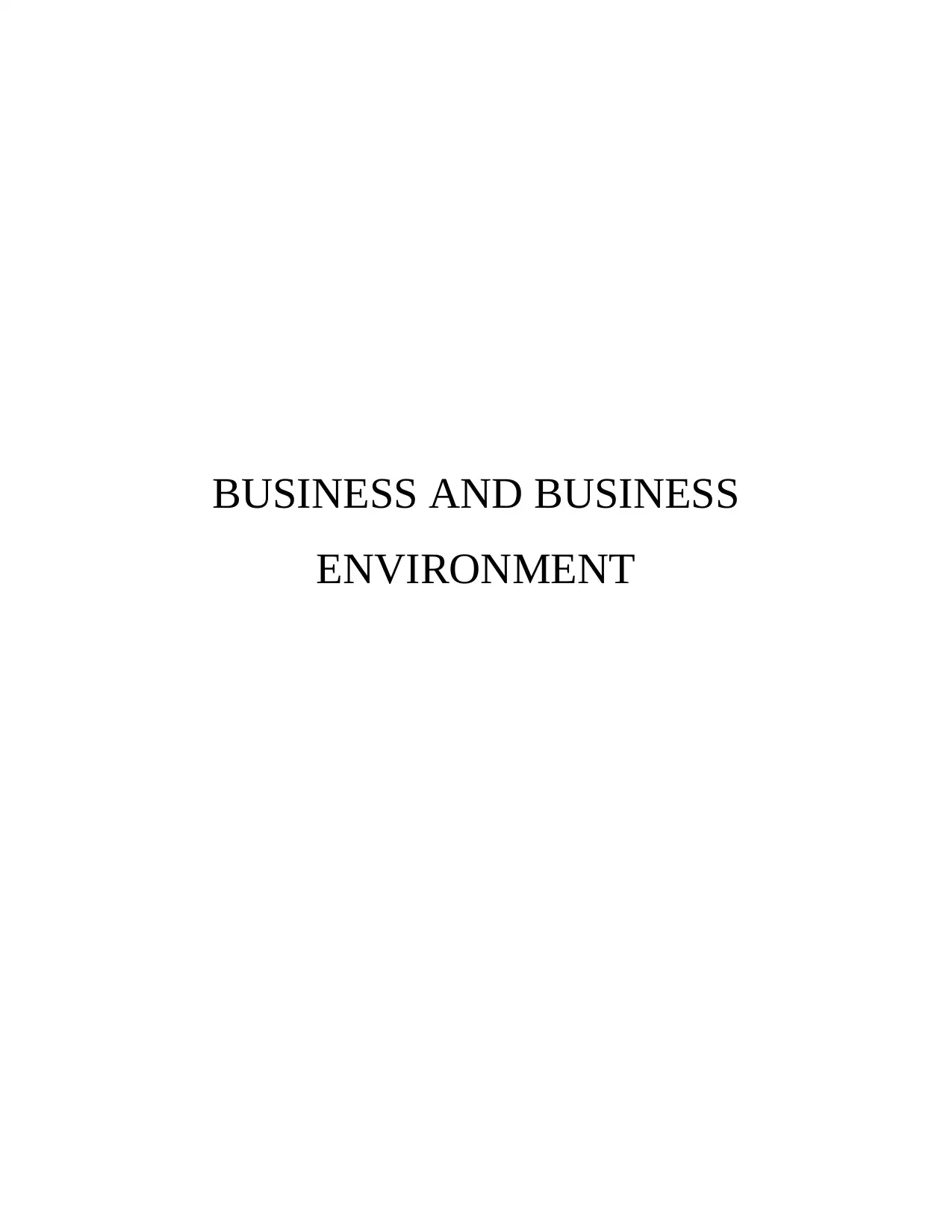
BUSINESS AND BUSINESS
ENVIRONMENT
ENVIRONMENT
Paraphrase This Document
Need a fresh take? Get an instant paraphrase of this document with our AI Paraphraser
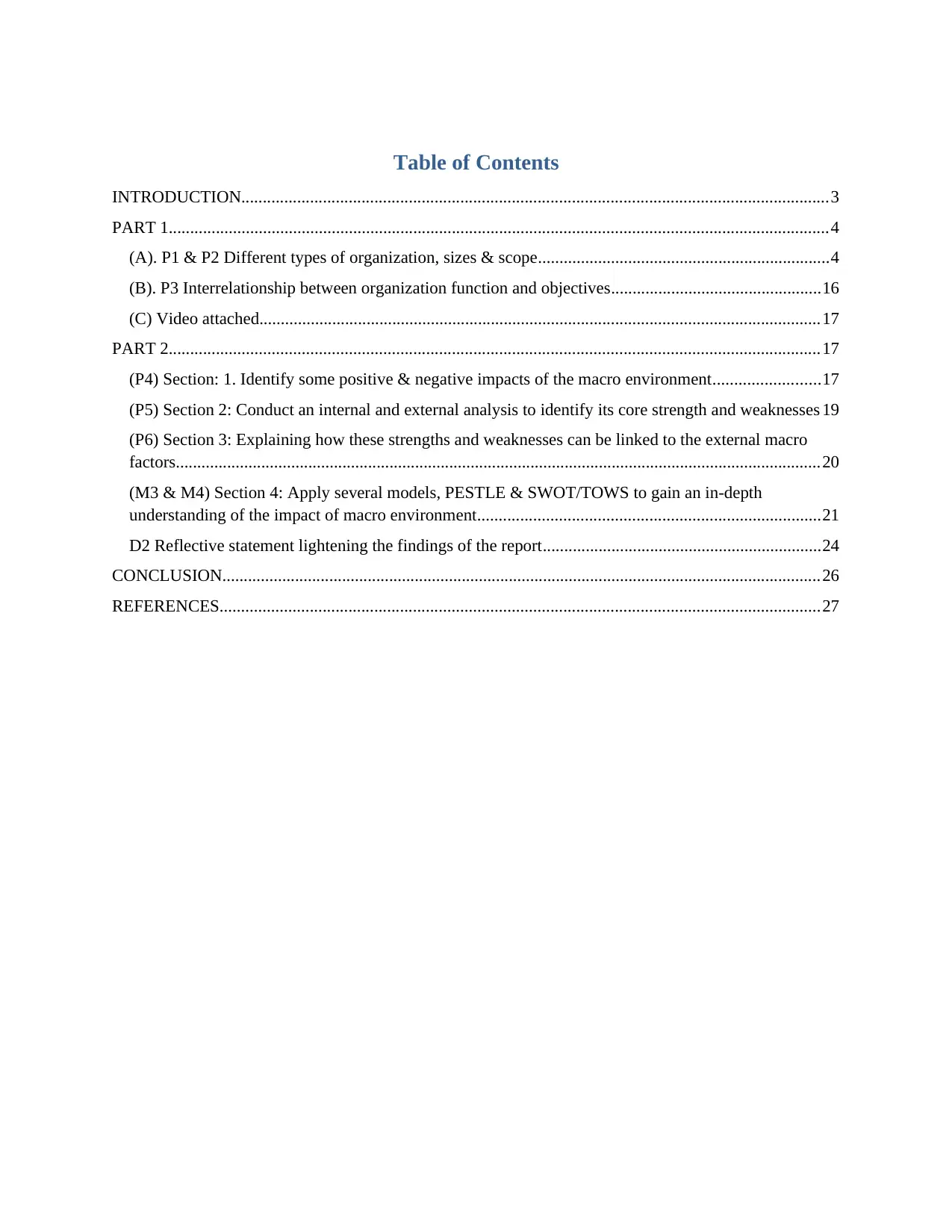
Table of Contents
INTRODUCTION.........................................................................................................................................3
PART 1..........................................................................................................................................................4
(A). P1 & P2 Different types of organization, sizes & scope....................................................................4
(B). P3 Interrelationship between organization function and objectives.................................................16
(C) Video attached...................................................................................................................................17
PART 2........................................................................................................................................................17
(P4) Section: 1. Identify some positive & negative impacts of the macro environment.........................17
(P5) Section 2: Conduct an internal and external analysis to identify its core strength and weaknesses 19
(P6) Section 3: Explaining how these strengths and weaknesses can be linked to the external macro
factors.......................................................................................................................................................20
(M3 & M4) Section 4: Apply several models, PESTLE & SWOT/TOWS to gain an in-depth
understanding of the impact of macro environment................................................................................21
D2 Reflective statement lightening the findings of the report.................................................................24
CONCLUSION............................................................................................................................................26
REFERENCES............................................................................................................................................27
INTRODUCTION.........................................................................................................................................3
PART 1..........................................................................................................................................................4
(A). P1 & P2 Different types of organization, sizes & scope....................................................................4
(B). P3 Interrelationship between organization function and objectives.................................................16
(C) Video attached...................................................................................................................................17
PART 2........................................................................................................................................................17
(P4) Section: 1. Identify some positive & negative impacts of the macro environment.........................17
(P5) Section 2: Conduct an internal and external analysis to identify its core strength and weaknesses 19
(P6) Section 3: Explaining how these strengths and weaknesses can be linked to the external macro
factors.......................................................................................................................................................20
(M3 & M4) Section 4: Apply several models, PESTLE & SWOT/TOWS to gain an in-depth
understanding of the impact of macro environment................................................................................21
D2 Reflective statement lightening the findings of the report.................................................................24
CONCLUSION............................................................................................................................................26
REFERENCES............................................................................................................................................27
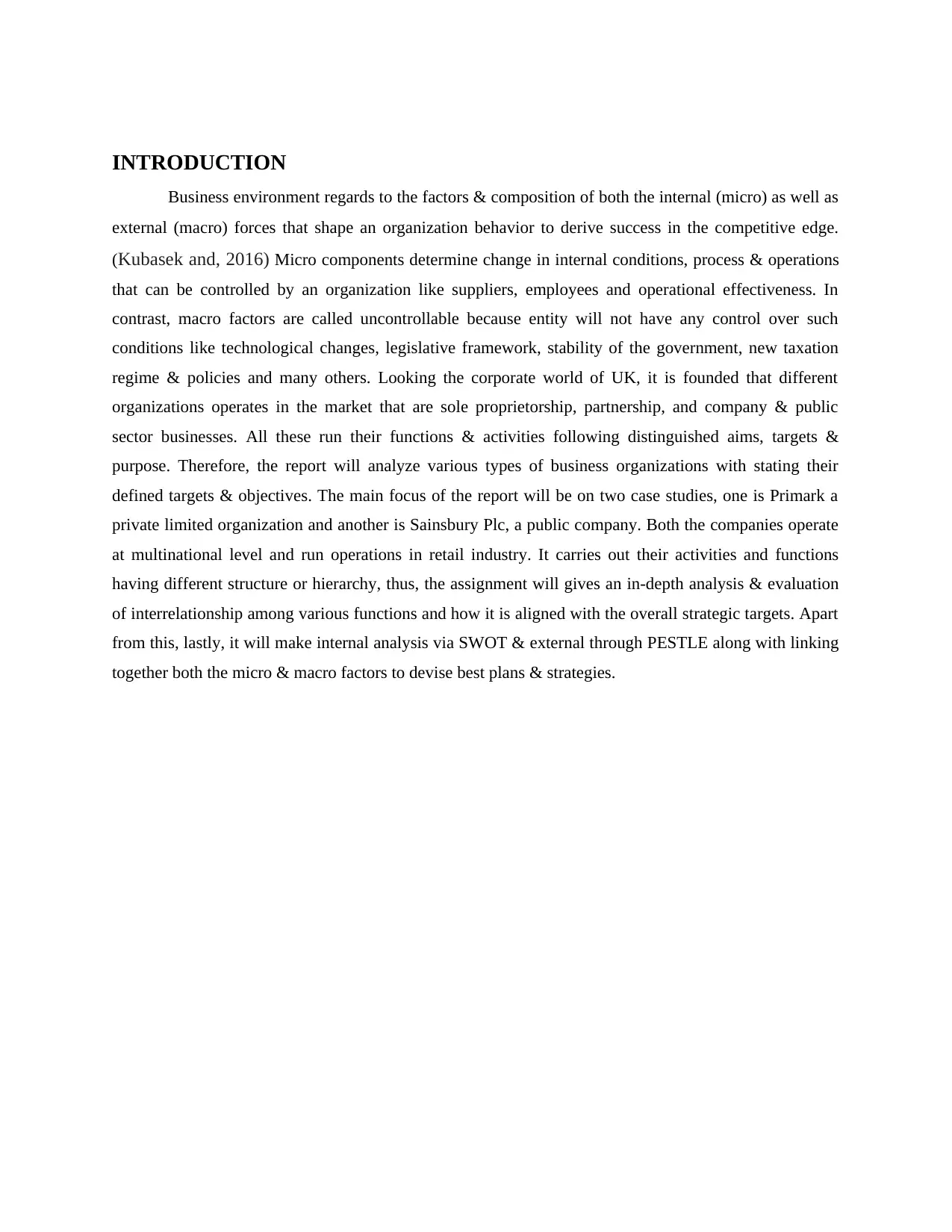
INTRODUCTION
Business environment regards to the factors & composition of both the internal (micro) as well as
external (macro) forces that shape an organization behavior to derive success in the competitive edge.
(Kubasek and, 2016) Micro components determine change in internal conditions, process & operations
that can be controlled by an organization like suppliers, employees and operational effectiveness. In
contrast, macro factors are called uncontrollable because entity will not have any control over such
conditions like technological changes, legislative framework, stability of the government, new taxation
regime & policies and many others. Looking the corporate world of UK, it is founded that different
organizations operates in the market that are sole proprietorship, partnership, and company & public
sector businesses. All these run their functions & activities following distinguished aims, targets &
purpose. Therefore, the report will analyze various types of business organizations with stating their
defined targets & objectives. The main focus of the report will be on two case studies, one is Primark a
private limited organization and another is Sainsbury Plc, a public company. Both the companies operate
at multinational level and run operations in retail industry. It carries out their activities and functions
having different structure or hierarchy, thus, the assignment will gives an in-depth analysis & evaluation
of interrelationship among various functions and how it is aligned with the overall strategic targets. Apart
from this, lastly, it will make internal analysis via SWOT & external through PESTLE along with linking
together both the micro & macro factors to devise best plans & strategies.
Business environment regards to the factors & composition of both the internal (micro) as well as
external (macro) forces that shape an organization behavior to derive success in the competitive edge.
(Kubasek and, 2016) Micro components determine change in internal conditions, process & operations
that can be controlled by an organization like suppliers, employees and operational effectiveness. In
contrast, macro factors are called uncontrollable because entity will not have any control over such
conditions like technological changes, legislative framework, stability of the government, new taxation
regime & policies and many others. Looking the corporate world of UK, it is founded that different
organizations operates in the market that are sole proprietorship, partnership, and company & public
sector businesses. All these run their functions & activities following distinguished aims, targets &
purpose. Therefore, the report will analyze various types of business organizations with stating their
defined targets & objectives. The main focus of the report will be on two case studies, one is Primark a
private limited organization and another is Sainsbury Plc, a public company. Both the companies operate
at multinational level and run operations in retail industry. It carries out their activities and functions
having different structure or hierarchy, thus, the assignment will gives an in-depth analysis & evaluation
of interrelationship among various functions and how it is aligned with the overall strategic targets. Apart
from this, lastly, it will make internal analysis via SWOT & external through PESTLE along with linking
together both the micro & macro factors to devise best plans & strategies.
⊘ This is a preview!⊘
Do you want full access?
Subscribe today to unlock all pages.

Trusted by 1+ million students worldwide
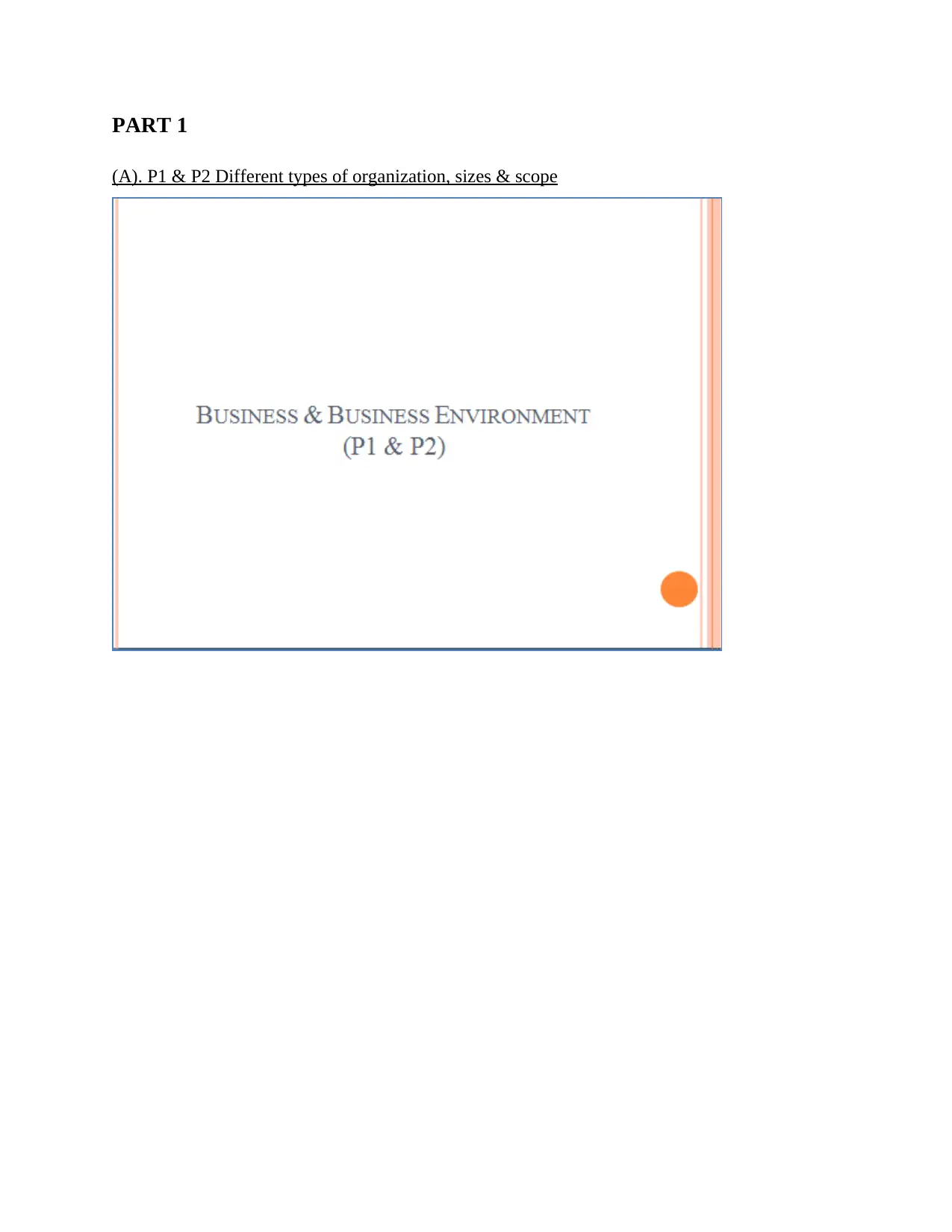
PART 1
(A). P1 & P2 Different types of organization, sizes & scope
(A). P1 & P2 Different types of organization, sizes & scope
Paraphrase This Document
Need a fresh take? Get an instant paraphrase of this document with our AI Paraphraser
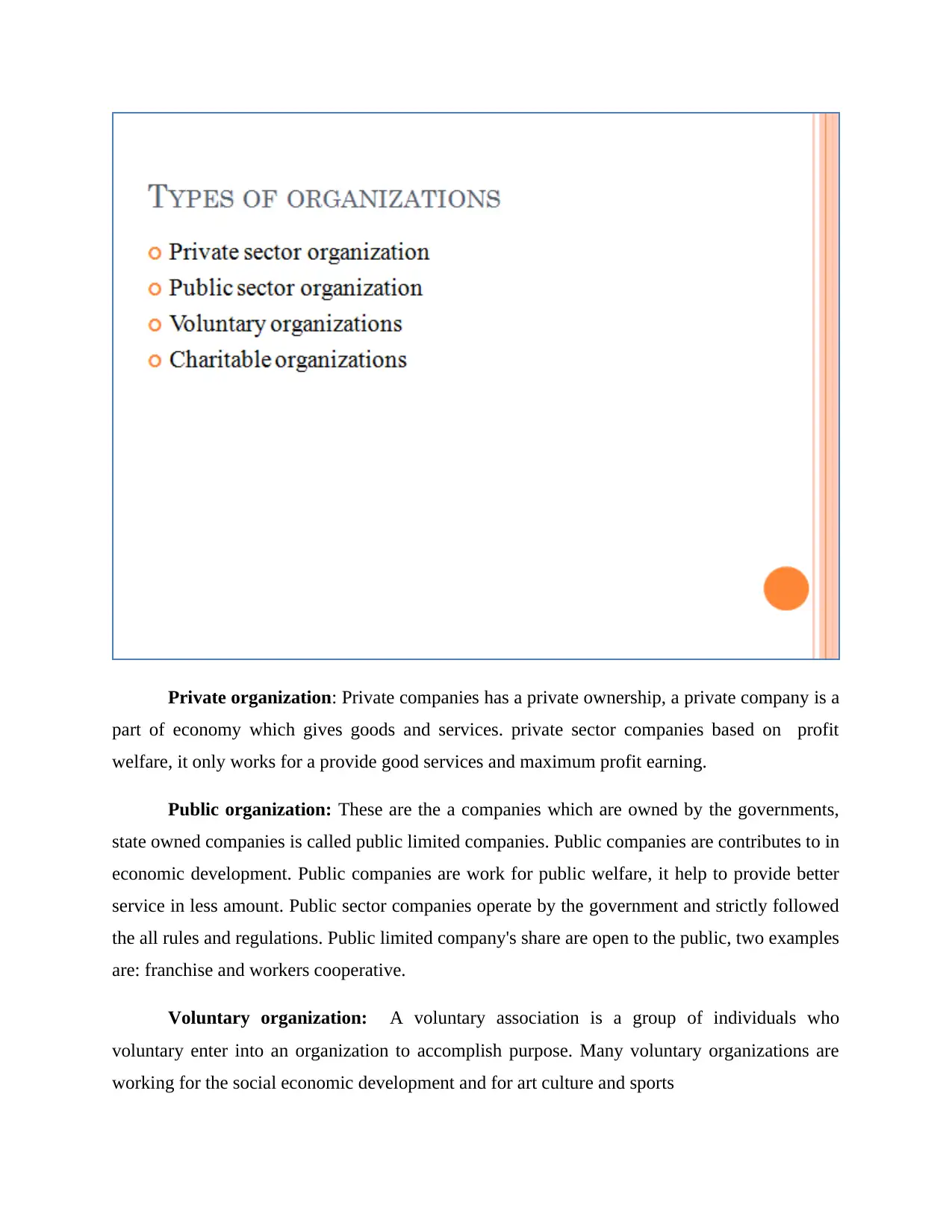
Private organization: Private companies has a private ownership, a private company is a
part of economy which gives goods and services. private sector companies based on profit
welfare, it only works for a provide good services and maximum profit earning.
Public organization: These are the a companies which are owned by the governments,
state owned companies is called public limited companies. Public companies are contributes to in
economic development. Public companies are work for public welfare, it help to provide better
service in less amount. Public sector companies operate by the government and strictly followed
the all rules and regulations. Public limited company's share are open to the public, two examples
are: franchise and workers cooperative.
Voluntary organization: A voluntary association is a group of individuals who
voluntary enter into an organization to accomplish purpose. Many voluntary organizations are
working for the social economic development and for art culture and sports
part of economy which gives goods and services. private sector companies based on profit
welfare, it only works for a provide good services and maximum profit earning.
Public organization: These are the a companies which are owned by the governments,
state owned companies is called public limited companies. Public companies are contributes to in
economic development. Public companies are work for public welfare, it help to provide better
service in less amount. Public sector companies operate by the government and strictly followed
the all rules and regulations. Public limited company's share are open to the public, two examples
are: franchise and workers cooperative.
Voluntary organization: A voluntary association is a group of individuals who
voluntary enter into an organization to accomplish purpose. Many voluntary organizations are
working for the social economic development and for art culture and sports
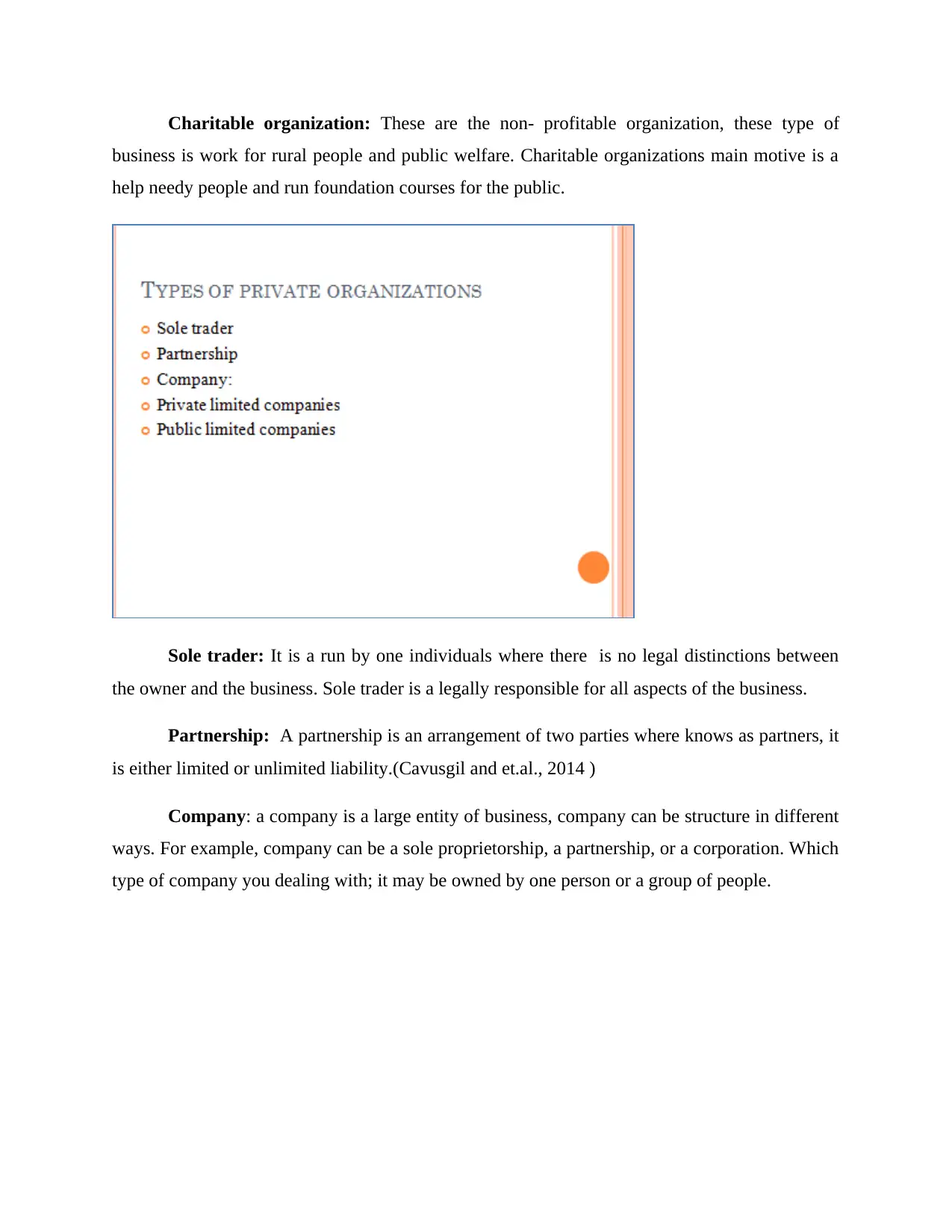
Charitable organization: These are the non- profitable organization, these type of
business is work for rural people and public welfare. Charitable organizations main motive is a
help needy people and run foundation courses for the public.
Sole trader: It is a run by one individuals where there is no legal distinctions between
the owner and the business. Sole trader is a legally responsible for all aspects of the business.
Partnership: A partnership is an arrangement of two parties where knows as partners, it
is either limited or unlimited liability.(Cavusgil and et.al., 2014 )
Company: a company is a large entity of business, company can be structure in different
ways. For example, company can be a sole proprietorship, a partnership, or a corporation. Which
type of company you dealing with; it may be owned by one person or a group of people.
business is work for rural people and public welfare. Charitable organizations main motive is a
help needy people and run foundation courses for the public.
Sole trader: It is a run by one individuals where there is no legal distinctions between
the owner and the business. Sole trader is a legally responsible for all aspects of the business.
Partnership: A partnership is an arrangement of two parties where knows as partners, it
is either limited or unlimited liability.(Cavusgil and et.al., 2014 )
Company: a company is a large entity of business, company can be structure in different
ways. For example, company can be a sole proprietorship, a partnership, or a corporation. Which
type of company you dealing with; it may be owned by one person or a group of people.
⊘ This is a preview!⊘
Do you want full access?
Subscribe today to unlock all pages.

Trusted by 1+ million students worldwide
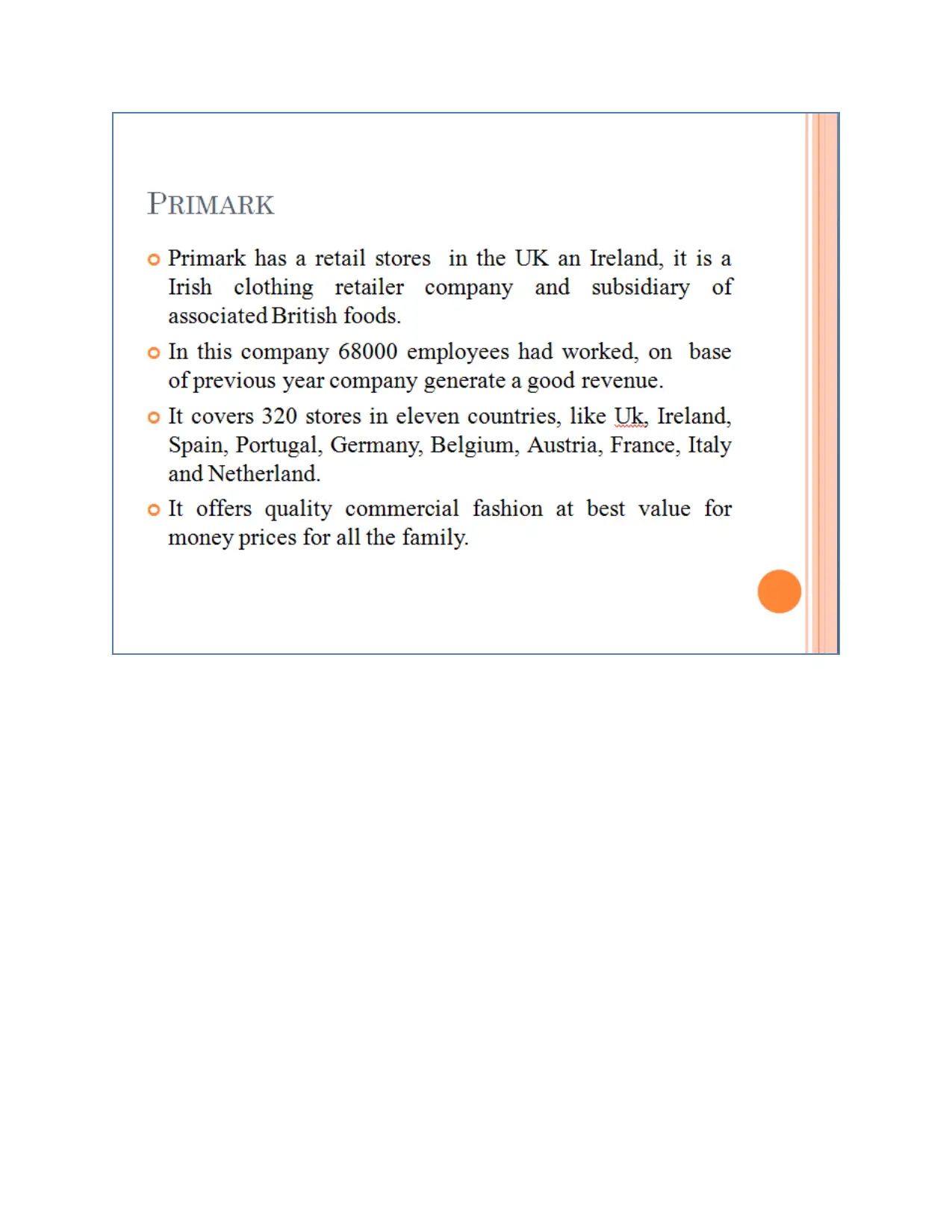
Paraphrase This Document
Need a fresh take? Get an instant paraphrase of this document with our AI Paraphraser
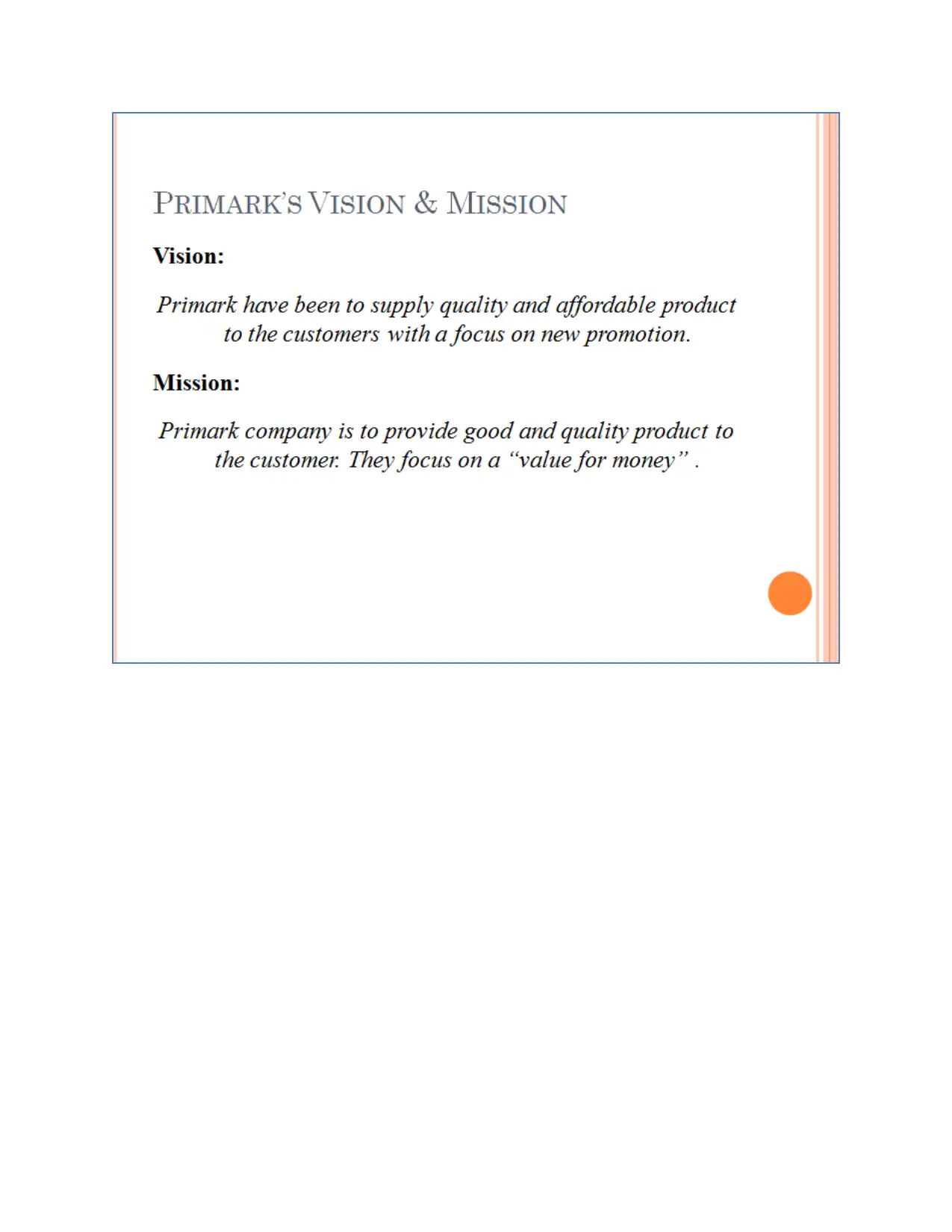
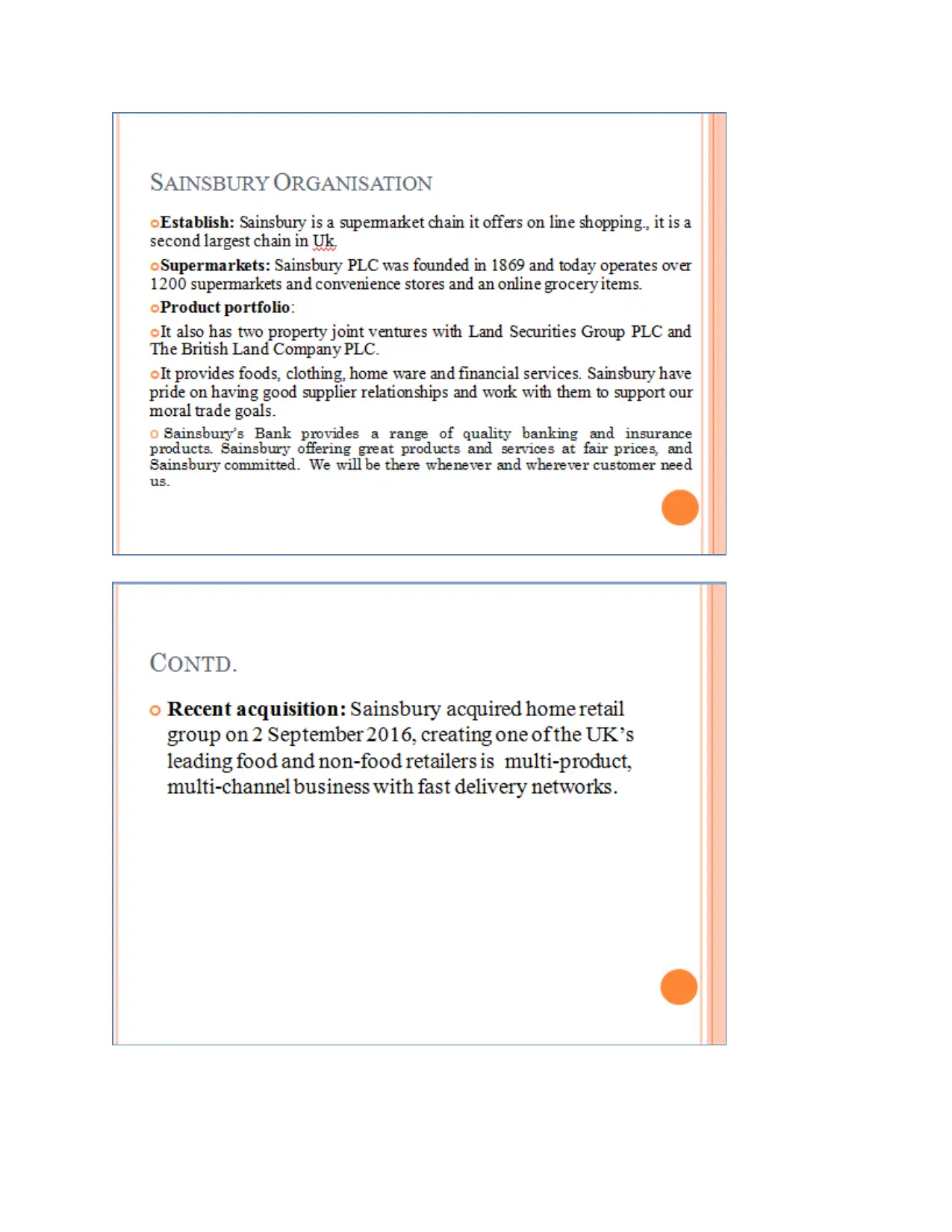
⊘ This is a preview!⊘
Do you want full access?
Subscribe today to unlock all pages.

Trusted by 1+ million students worldwide
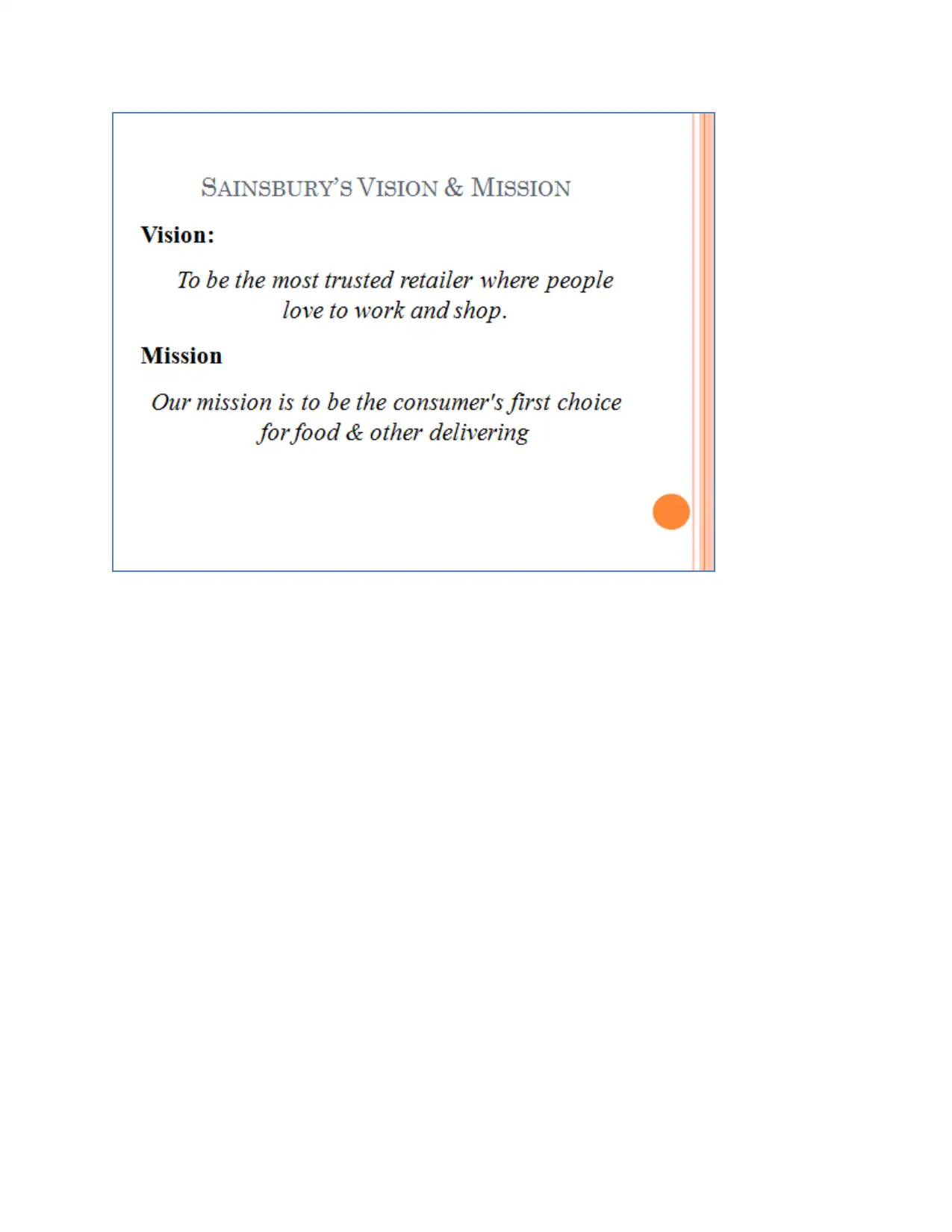
Paraphrase This Document
Need a fresh take? Get an instant paraphrase of this document with our AI Paraphraser
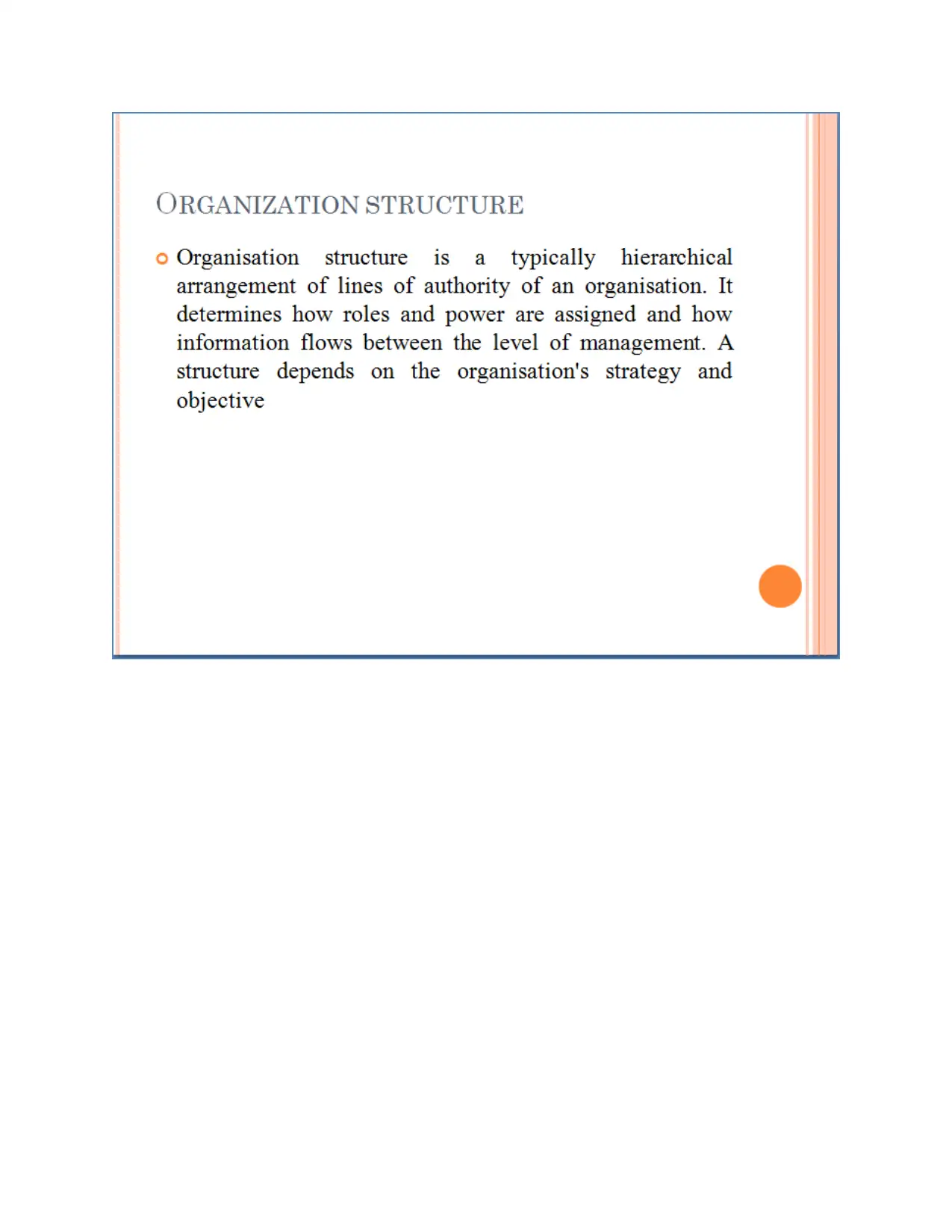
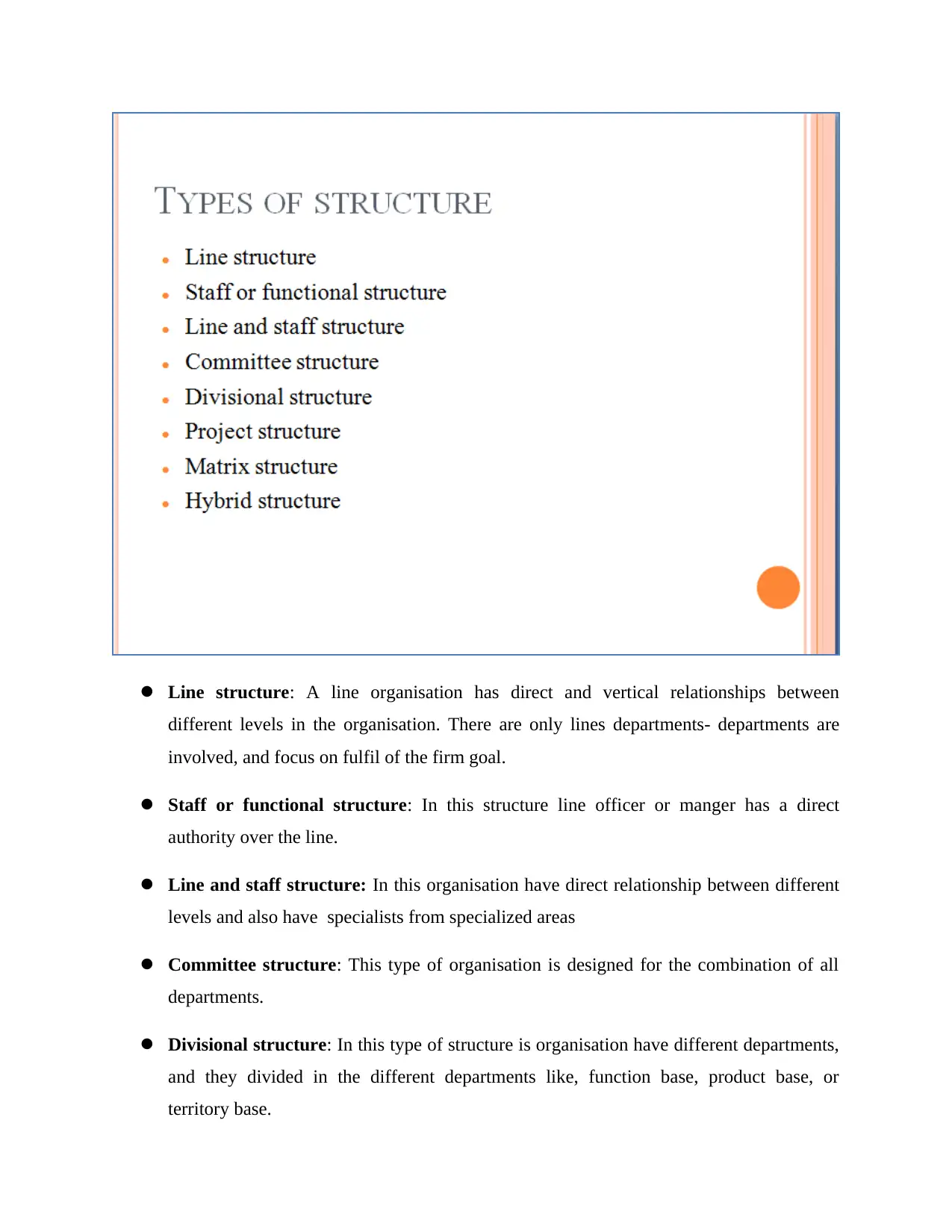
Line structure: A line organisation has direct and vertical relationships between
different levels in the organisation. There are only lines departments- departments are
involved, and focus on fulfil of the firm goal.
Staff or functional structure: In this structure line officer or manger has a direct
authority over the line.
Line and staff structure: In this organisation have direct relationship between different
levels and also have specialists from specialized areas
Committee structure: This type of organisation is designed for the combination of all
departments.
Divisional structure: In this type of structure is organisation have different departments,
and they divided in the different departments like, function base, product base, or
territory base.
different levels in the organisation. There are only lines departments- departments are
involved, and focus on fulfil of the firm goal.
Staff or functional structure: In this structure line officer or manger has a direct
authority over the line.
Line and staff structure: In this organisation have direct relationship between different
levels and also have specialists from specialized areas
Committee structure: This type of organisation is designed for the combination of all
departments.
Divisional structure: In this type of structure is organisation have different departments,
and they divided in the different departments like, function base, product base, or
territory base.
⊘ This is a preview!⊘
Do you want full access?
Subscribe today to unlock all pages.

Trusted by 1+ million students worldwide
1 out of 29
Related Documents
Your All-in-One AI-Powered Toolkit for Academic Success.
+13062052269
info@desklib.com
Available 24*7 on WhatsApp / Email
![[object Object]](/_next/static/media/star-bottom.7253800d.svg)
Unlock your academic potential
Copyright © 2020–2025 A2Z Services. All Rights Reserved. Developed and managed by ZUCOL.





